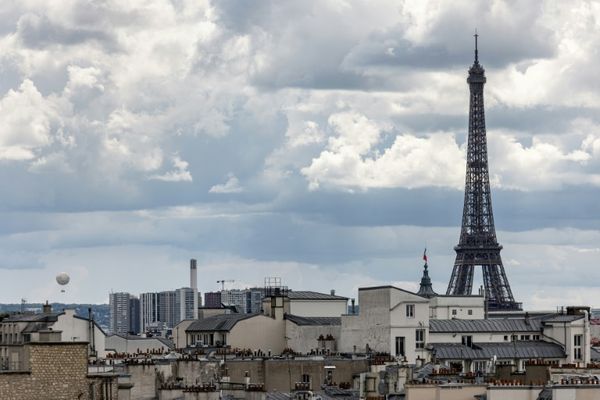
The number of operational nuclear weapons in the arsenals of the major military powers is on the rise again according to a leading thinktank, whose analysts warn the world is “drifting into one of the most dangerous periods in human history”.
At a time of both deteriorating international relations and the escalation of nuclear sabre-rattling, there are now said to be an estimated 12,512 warheads globally, of which 9,576 are in military stockpiles ready for potential use, up 86 on a year ago.
The rise brings to an end the period of gradual decline that followed the end of the cold war. The Stockholm International Peace Research Institute (Sipri) suggested 60 of the new warheads were held by China.
The other new weapons are attributed to Russia (12), Pakistan (five), North Korea (five) and India (four).
The increase in battle-fit warheads comes despite a statement in 2021 from the UN’s five permanent security council members – the US, Russia, China, the UK and France – that “nuclear war cannot be won and must never be fought”.
Russia and the US together possess almost 90% of all the nuclear weapons globally. In addition to their usable nuclear weapons, the two powers each hold more than 1,000 warheads previously retired from military service, which they are gradually dismantling.
Of the total of 12,512 warheads in the world, which includes those that are retired and awaiting dismantlement, Sipri estimates that 3,844 are deployed with missiles and aircraft.
Around 2,000 of those – nearly all of which belong to Russia or the US – are kept in a state of high operational alert, meaning that they are fitted to missiles or held at airbases hosting nuclear bombers.
Sipri notes, however, that the full picture is difficult to judge as a number of countries, including Russia, the US and the UK, have reduced their level of transparency since Vladimir Putin launched his full-scale invasion of Ukraine.
China, the world’s third biggest nuclear power, is believed to have increased its number of warheads from 350 in January 2022 to 410 in January 2023. That arsenal is expected to keep growing but Sipri predicts it they will not surpass the arsenals of the US and Russia.
The report adds that China has never declared the size of its nuclear arsenal and that many of its assessments rely on data from the US Department of Defense (DOD).
In 2021, commercial satellite imagery revealed that China had started construction of hundreds of new missile silos across the north of its territory.
Hans M Kristensen, an associate senior fellow with Sipri’s weapons of mass destruction programme, said: “China has started a significant expansion of its nuclear arsenal. It is increasingly difficult to square this trend with China’s declared aim of having only the minimum nuclear forces needed to maintain its national security.”
France (290) and the UK (225) are the world’s next largest nuclear powers and British operational arsenal is expected to grow further following an announcement two years ago that it was raising its limit from 225 to 260 warheads.
Of the 225 UK warheads, 120 of are said to be operationally available for delivery by Trident II D5 submarine-launched ballistic missiles (SLBMs), with about 40 being carried on a nuclear-powered ballistic missile submarine (SSBN) that is on patrol at all times.
The UK government has said, however, that it will no longer publicly disclose its quantities of nuclear weapons, deployed warheads or deployed missiles amid increased global tensions.
The new British policy is just one sign of a breakdown in cooperation over the future of nuclear weapons.
The US suspended its bilateral strategic stability dialogue with Russia following the invasion of Ukraine and the Kremlin announced it was suspending its participation in the last remaining nuclear arms control treaty limiting the strategic nuclear forces of the two cold war foes.
Meanwhile, Russia’s government has increasingly spoken of the risk of nuclear war since its invasion of Ukraine on 24 February.
Putin has said that he has put Russia’s nuclear deterrent on high alert.
He also said in the immediate wake of his invasion that the consequences for those who stood in his country’s way would be “such as you have never seen in your entire history”.
Since then, Nato’s arming of Ukraine’s military has provoked a constant stream of nuclear threats from figures close to the Kremlin.
Dan Smith, a director at Sipri, said: “We are drifting into one of the most dangerous periods in human history. It is imperative that the world’s governments find ways to cooperate in order to calm geopolitical tensions, slow arms races and deal with the worsening consequences of environmental breakdown and rising world hunger.”







